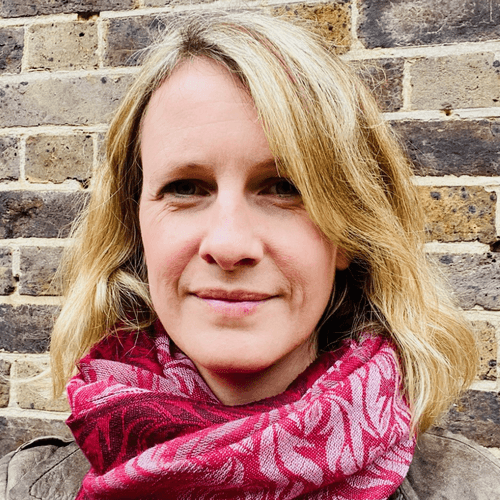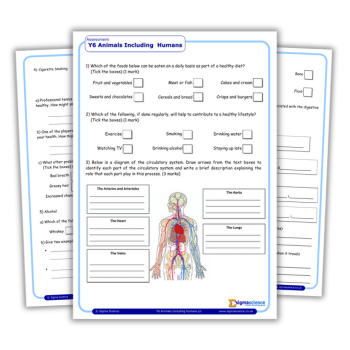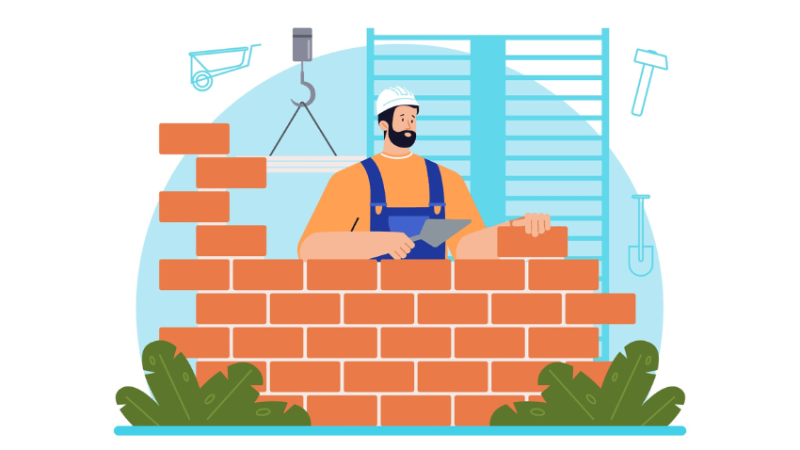School data systems – My love-hate relationship with assessment info

This year I am reminding myself how useful data can be, says Jenny Guest…

- by Jenny Guest

There have been so many changes to assessment and data collection in primary schools over recent years, and it feels hard to keep up.
I understand that there are calls for yet more reforms to assessment in schools and I will be honest, I am still getting to grips with all the assessment points we currently have to do between Reception and Y6.
Reception Baseline Assessment
The latest assessment changes involve our youngest children. I know there are many different feelings about the introduction of this new assessment, but to me it feels as though we are constantly assessing our primary-aged pupils.
We have the Reception Baseline Assessment in Early Years, the phonics screening check in Year 1, SATs in Year 2 (until 2024!), the times table check in Year 4 and finally the SATs in Year 6.
That is A LOT of statutory assessment points.
Do we need data?
This assessment — collected at a national level — is often on top of the summative data collected by schools at certain points throughout the year, and it can seem as though you are being overloaded and overwhelmed with data and statistics. But is this overwhelming amount of data actually useful?
As assistant head I am often asking for data, but I am also an in-class teacher so I know that it’s essential for it to be relevant and to have an impact on the work we do every day.
I have found that conversations involving all staff around data opens up questions about the actual learning that is taking place.
It is one tool in our toolkit and it does help me to identify children’s achievements, as well as inform interventions that could support them further.
Involving support staff in these conversations ensures they also understand the data and the children they work with.
It cannot be simply the leadership team that identifies trends and under-performing groups, nor can they set aspirational targets alone, without the input of all staff, because they are the ones working with the children day in, day out.
Using formative data
So much of the data you use is formative, and whether you realise it or not, you collect it each and every day.
It is the evidence you gather from conversations with children and note down, the answers to the targeted questions you ask, pupils’ responses to your feedback (both written and verbal), and even in the learning the children complete every day.
In some curriculum areas short quizzes, marking or pupils self-assessing can help you identify where a child’s understanding is in that moment.
It is this data that can have impact almost immediately if used effectively. You probably already use this data without even thinking about it; to decide what the next steps are for a particular child, for a group or even for a class of children.
Instantaneous feedback is one of the most powerful forms of data collection. As I am working with children, I often jot things down on Post-it notes or on a ‘whole-class feedback’ sheet, so I can use this to plan meaningful next steps and to move learning on – what a powerful tool for both teacher and child!
What about summative data?
You will all know that summative data is collected from the statutory assessments, but it also comes from end-of-unit quizzes or from larger projects that happen over time.
So how useful is this type of data? In the recent past, I have been somewhat dismissive of some of this data and viewed it as being useful solely for others and not me or my classroom teaching.
But it really does have its place. Our phonics screening check last year (post-lockdown) showed that over half of our Y2 cohort had not mastered Phase 5 phonics and that we needed to put some interventions in place quickly to help this large group of children, and tailored it precisely to the specific gaps our summative data had identified.
So, with this in mind, I am going to view summative data with a new perspective, and use it to help me identify trends, to track attainment and to set targets.
I might not always like collecting the data, but it is important and does have its use in our schools and in our classrooms.
Other types of data
It is worth noting that attainment data isn’t the only type of data schools collect. There is so much more and it can shed light on children’s learning, their learning behaviours and how to support them further.
Here are some questions that might be worth considering when you are looking at your data:
- Who are your SEND children, what are their individual needs and how are they being met in your classroom?
- Who are your EAL children? The recent changes to the Early Years Framework have placed great emphasis on language acquisition and development. This is key for all children but especially for EAL children and how you support them in your provision. Is your setting language rich? Does your learning environment provide lots of opportunities for children and adults to interact, to share ideas and to talk and listen to each other?
- Who are your disadvantaged children and how are they performing in your class, as well as across the school? Of course, being disadvantaged does not necessarily mean lower achievement but it can be an indicator, and knowing who these children are is so important.
- Are there any groups across the school where achievement is lower? Who are the vulnerable children in your class? What have you noticed about them?
- What is attendance like for your class? You could look for any extended periods of absence, as well as any patterns and possible reasons for this.
Schools collect so much data and it certainly can feel overwhelming at times. However, I hope you will join me in remembering that data does have its place, is useful and can have impact.
We all ultimately want to develop effective pedagogy and a thorough, tailored curriculum that meets the needs of the children we teach.
I believe data can be instrumental in helping us to do this and I will keep reminding myself of this throughout the year.
How to collect meaningful formative data for immediate impact
- Doodle it
Ask your children to create a quick sketch of what they have learned or are learning about. These are often illuminating and give great insight into children’s understanding and what their next steps are. - Write it
Ask older children them to write for one minute: What are three things they learned, two things they are still curious about, and one thing they do not understand? - Dot marking
Use dots (you could place them in the margin or underneath the error) to indicate ‘check this’. I have found this to be a small but powerful way to encourage self-reflection and self-correction. - Self-assessment
Ask children to place their learning in one of three piles at the end of the lesson; ‘I need more adult support’; ‘I would like to practice this more’, and ‘I need a challenge’. I have found this to be an especially effective form of self-assessment in maths. - Cross-age learning
You could ask your older children to teach younger years the basic concepts in an area they are familiar with. This not only supports the younger children with their learning but also helps older children develop their self-confidence and self-esteem, as they are the ‘expert’.











